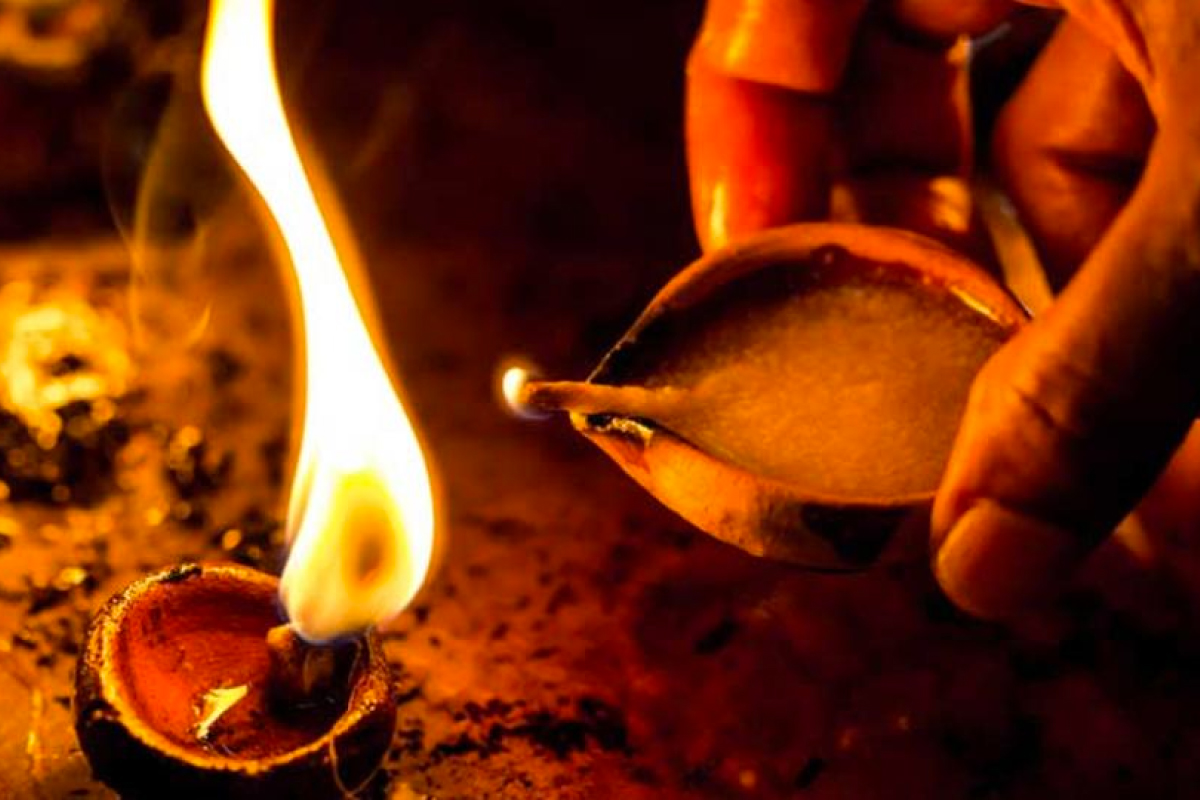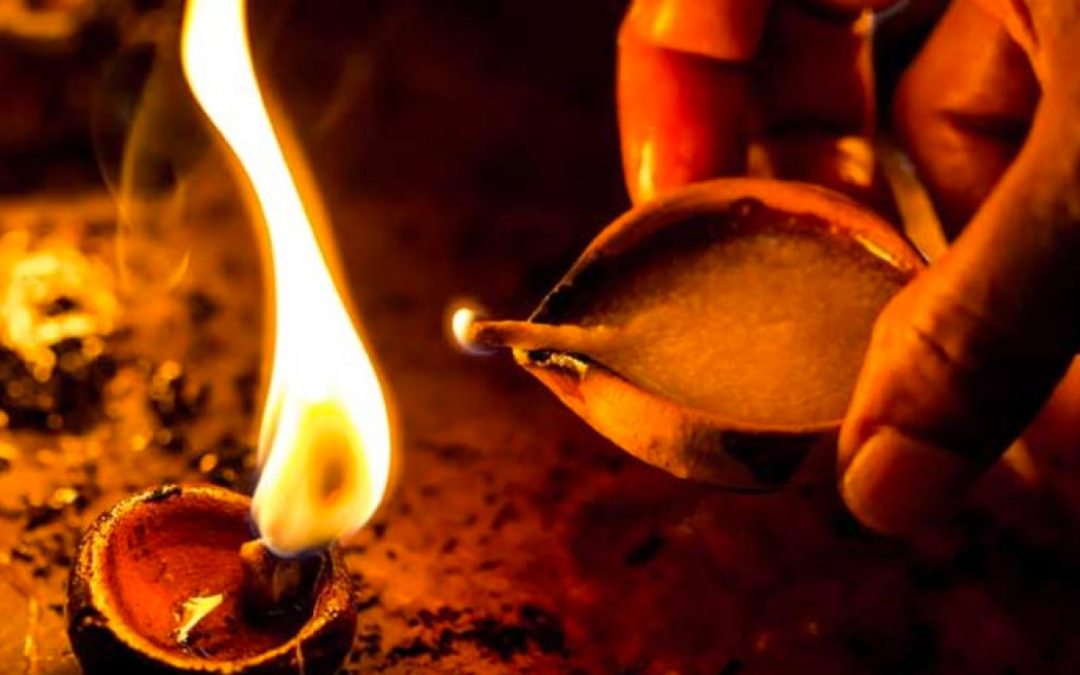
In this unique Jetspace Magazine series, we explore alt-paths of spirituality that tend to attract queers, and why. Last time, we spoke with Nandi LaSophia, a transwoman and new initiate in the mysterious and intense Afro-Cuban spirit religion called, “Santeria”, a faith that embraces the queer community up-to and including in its priesthood. This week we examine two intersecting alt-spiritualities that come to us from Central America, most notably Mexico: one, the colorful faith of traditional Mexican Witchcraft (Brujería); the other, the ancient cult of Santa Muerte (“Holy Death”), both of which attract many followers from the LGBTQ community.
Brujería, if one is familiar with the term at all, conjures images of wise abuelas mixing healing herbs and chanting in Spanish while passing fresh eggs over a patient’s body to remove sickness or bad luck. This image is not inaccurate–it is a shamanic practice, rooted deeply in the earth. But there’s a lot more to this religio-magical tradition, which thrives in Mexico and has roots going back to the Aztecs.
Brujería is Folk Magic–which means that it’s geared towards dealing with everyday life. Dinero. Trabajo. Amore. This is magic to help you deal with the real world. “I often say that Brujería is Hoodoo’s Mexican cousin,” explains Roman Delgado, a gay Brujo. Delgado spent years learning Brujería in Tepic, Nayarit, Mexico, and lives today in Seattle, where he works as a psychic medium and spiritual healer.
“Brujería has no central figure, organization or even shared ethics,” Delgado says. “There is often in it an amalgamation of Magical techniques from Native, Catholic and African sources. As such, individuals have similar techniques shared due to those influences such as work with specific Saints–both Folk saints and those sanctioned by the Catholic Church.” One of these key saints in Brujería is Santisima Muerte–otherwise known as Our Lady of the Holy Death, or La Blanca.
Santa Muerte’s ancient roots can be traced directly back to Mictecacihuatl, the Aztec Goddess of Death. She has become a popular figure in the practice of Brujería in recent years (she has even managed cameo appearances on Breaking Bad and Orange is the New Black), as well as boasting an ever-growing sect of her own.
“When I came to Brujería I found the worship of Santa Muerte,” Delgado tells us. “La Niña Blanca, as we call her, is one of the most accepting Saints in Mexico. To her we are all just bags of bones she will one day reap.”
Because she is also known as the Patroness of Outsiders, and as such, she has become extremely popular with LGBTQ community.
“She treats all fairly and gives fully,” he says. “It matters not if you are gay, straight, rich or poor. Nothing matters in that way. In the end everybody dies. Because of that she is known as a bit of a champion for the LGBTQ community of Mexico.”
But Santa Muerte is merely one aspect of Delgado’s practice, which, like many brujos, is not only eclectic, but very idiosyncratic. “In my work I blend many forms alternative medicine and spirituality with Brujería,” he tells us.
“Brujería has brought me a long way from sleeping in dumpsters as a child, through being a shut-in after military service, to having quite a healthy and fulfilling life in the present day.
“Brujería can help us deal with blows life deals us, and if applied properly make our lives better. I used it to help clients end toxic work situations, stop husbands from abusing their family and help clients end emotional patterns that stopped them from enjoying life to the fullest.”
For more information about Roland and his practice, please visit teotltonalli.com.
[wc_spacing size=”40px”]
[wc_divider style=”solid” line=”single” margin_top=”” margin_bottom=””]


You must be logged in to post a comment.